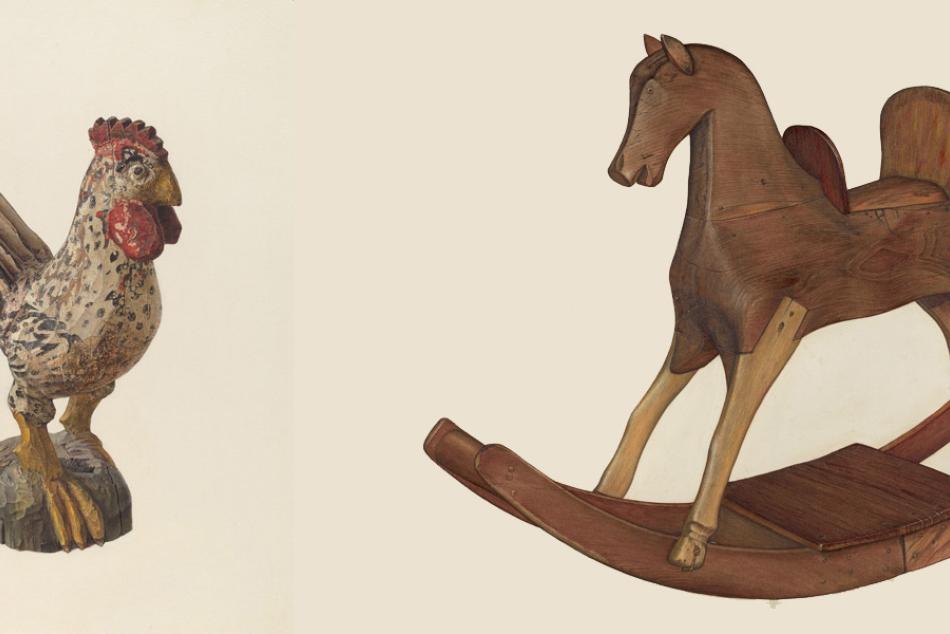Past Exhibition
Virtue and Beauty

Details

Overview: 33 paintings, 6 drawings, 6 medals, and 3 sculptures were shown in the exhibition, which focused on female portraiture in Florence, Italy, from c. 1440 to c. 1540. In addition to portraits of women, the presentation included several male portraits, related northern European works, and works that related specifically to Leonardo's ¹Ginevra de Benci.
Organization: The exhibition was organized by the National Gallery of Art, Washington. David Alan Brown, curator of Italian Renaissance painting, National Gallery of Art, was curator.
Sponsor: The exhibition was supported by Airbus. It was supported by an indemnity from the Federal Council on the Arts and the Humanities. Support for the catalogue was provided by the Samuel H. Kress Foundation.
Attendance: 171,926
Catalog: Virtue and Beauty: Leonardo's "Ginevra de Benci" and Renaissance Portraits of Women, edited by David Alan Brown, with contributions by Mary Westerman Bulgarella et al. Washington, DC: National Gallery of Art, 2001.
Brochure: Virtue and Beauty: Leonardo's "Ginevra de Benci"and Renaissance Portraits of Women. Washington, DC: National Gallery of Art, 2001.




